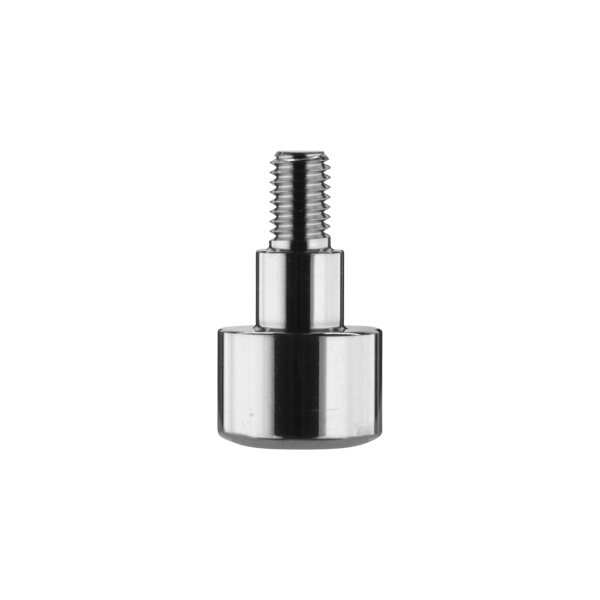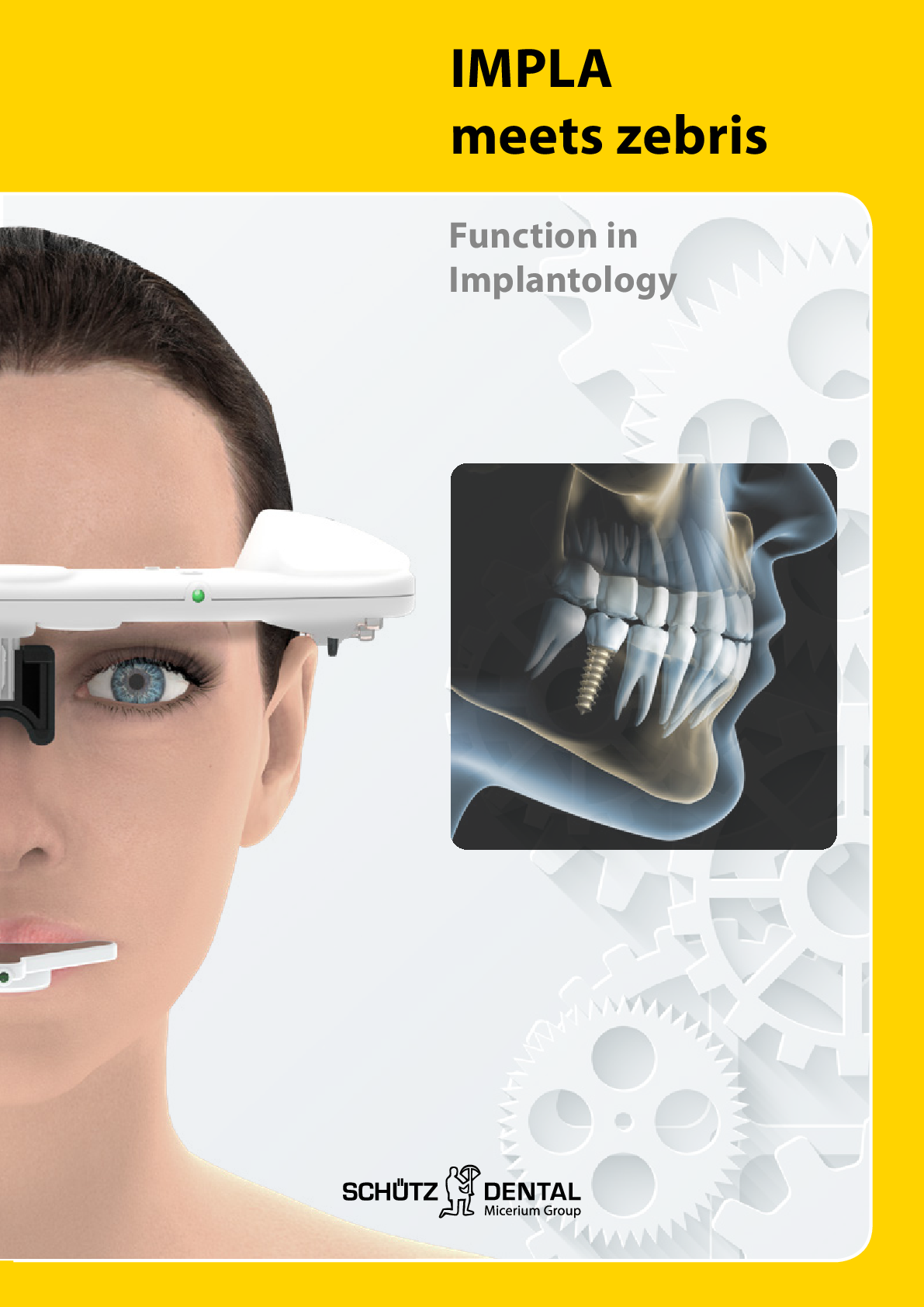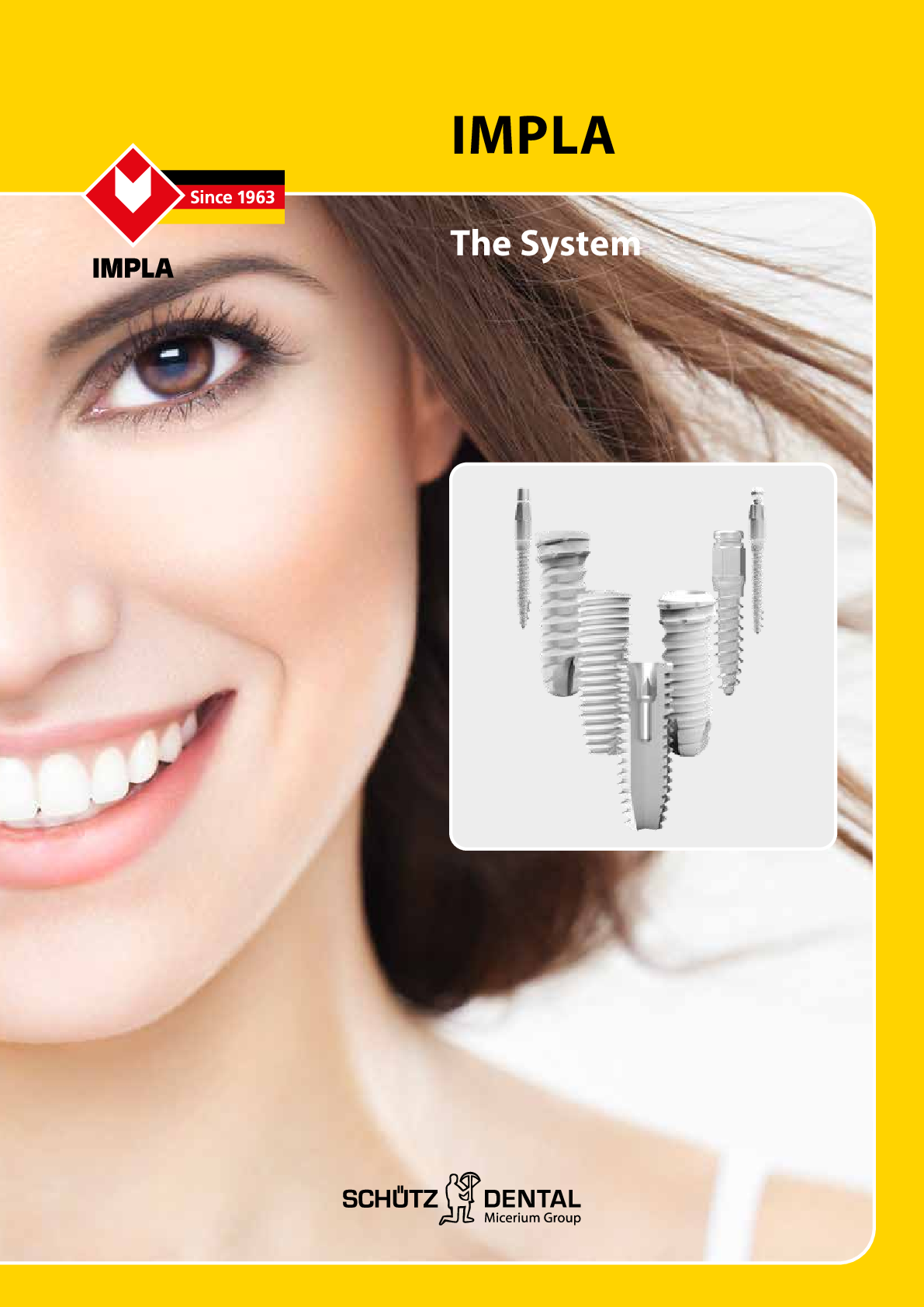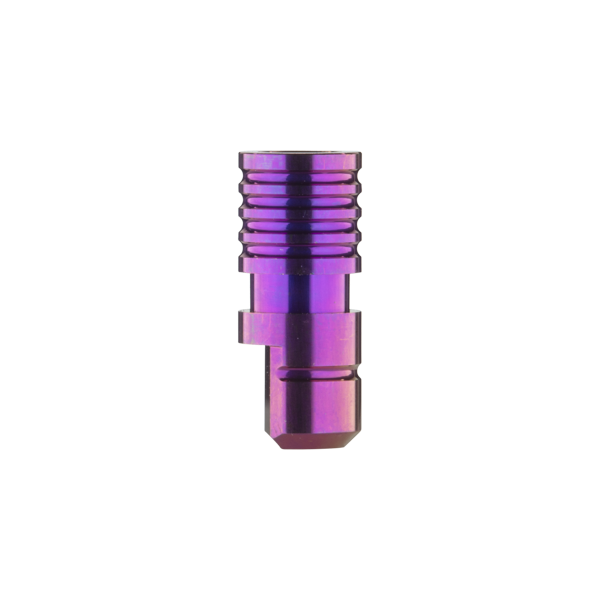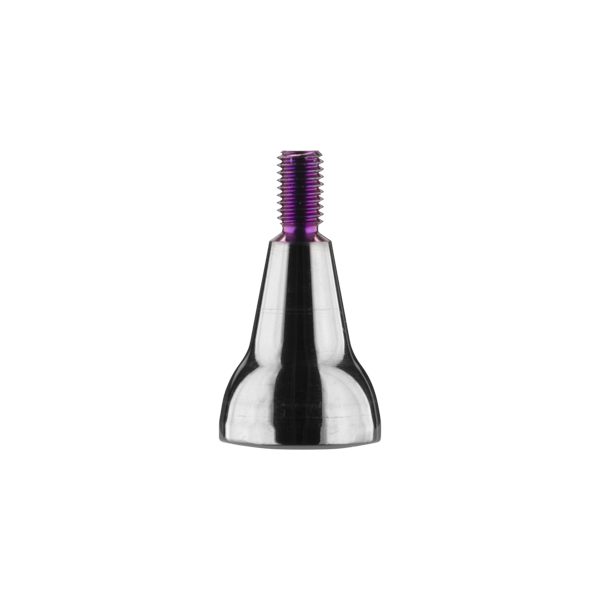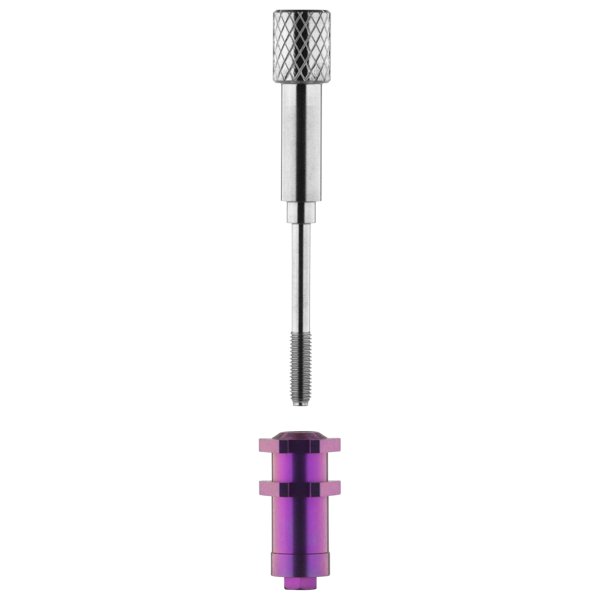Gingiva former, cylindrical 4.2/4 mm, sterile,
Description
Titanium element for conditioning the mucous membrane.
Product number:
635075
Questions about the product? We are glad to be here for you!
Product information "Gingiva former, cylindrical 4.2/4 mm, sterile,"
The cylindrical gingiva former is used to shape the gums after re-opening, or alternatively during transgingival healing. This extends the implant to a ""supra gingival mucous membrane level"". The cylindrical shape is chosen for its delicate emergence profile, particularly with narrow gaps, or where several implants are close together.
| Connection: | Hex |
|---|

